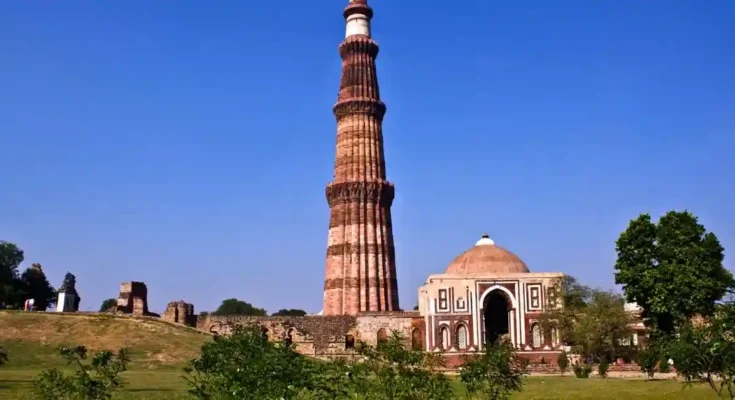Introduction:
Delhi, the vibrant capital of India, stands as a testament to the country’s rich and diverse history. For the avid history buff, the city is a treasure trove of historical sites, each narrating a unique tale of bygone eras. In this exploration, we will embark on a journey through Delhi’s historical gems, discovering the architectural marvels and cultural heritage that make it a haven for history enthusiasts. The official tourism website for Delhi provides comprehensive information on tourist attractions, events, festivals, and travel tips. It’s a valuable resource for planning your itinerary and staying updated on cultural events in the city.
1. Qutub Minar: A Towering Marvel of Islamic Architecture
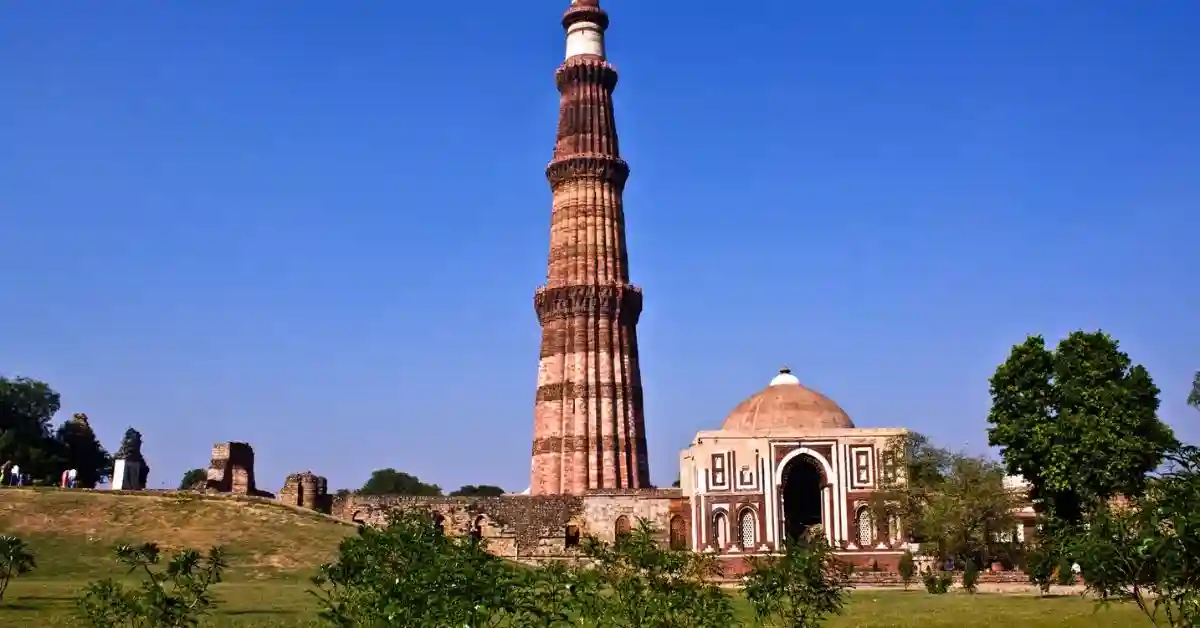
Unraveling the Legacy of Qutub Minar
Our journey begins with the iconic Qutub Minar, a towering masterpiece of Indo-Islamic architecture. Standing at 73 meters, this UNESCO World Heritage Site is a testament to the Delhi Sultanate’s grandeur. The Qutub complex, encompassing several other historical structures, transports visitors to the medieval period, offering a glimpse into the rich history of the region.
2. Red Fort: Symbol of Mughal Majesty
_1515439688t.jpg?w=600&dpr=1.5)
Tracing the Mughal Footprints at the Red Fort
No exploration of Delhi’s historical sites is complete without a visit to the Red Fort. Built by Emperor Shah Jahan, this colossal fort is an architectural marvel that served as the main residence of the Mughal emperors for centuries. Its intricate design, stunning red sandstone walls, and the iconic Lahori Gate make it a must-visit for history buffs seeking to immerse themselves in Mughal history.
3. Humayun’s Tomb: A Mughal Garden of Serenity

Rediscovering Tranquility at Humayun’s Tomb
For a serene encounter with Mughal architecture, Humayun’s Tomb beckons. This UNESCO World Heritage Site is the final resting place of Emperor Humayun and a precursor to the Taj Mahal. Surrounded by lush gardens, the tomb’s Persian-inspired design showcases the grandeur and symmetry that defined Mughal aesthetics.
4. India Gate: A Monument of National Pride
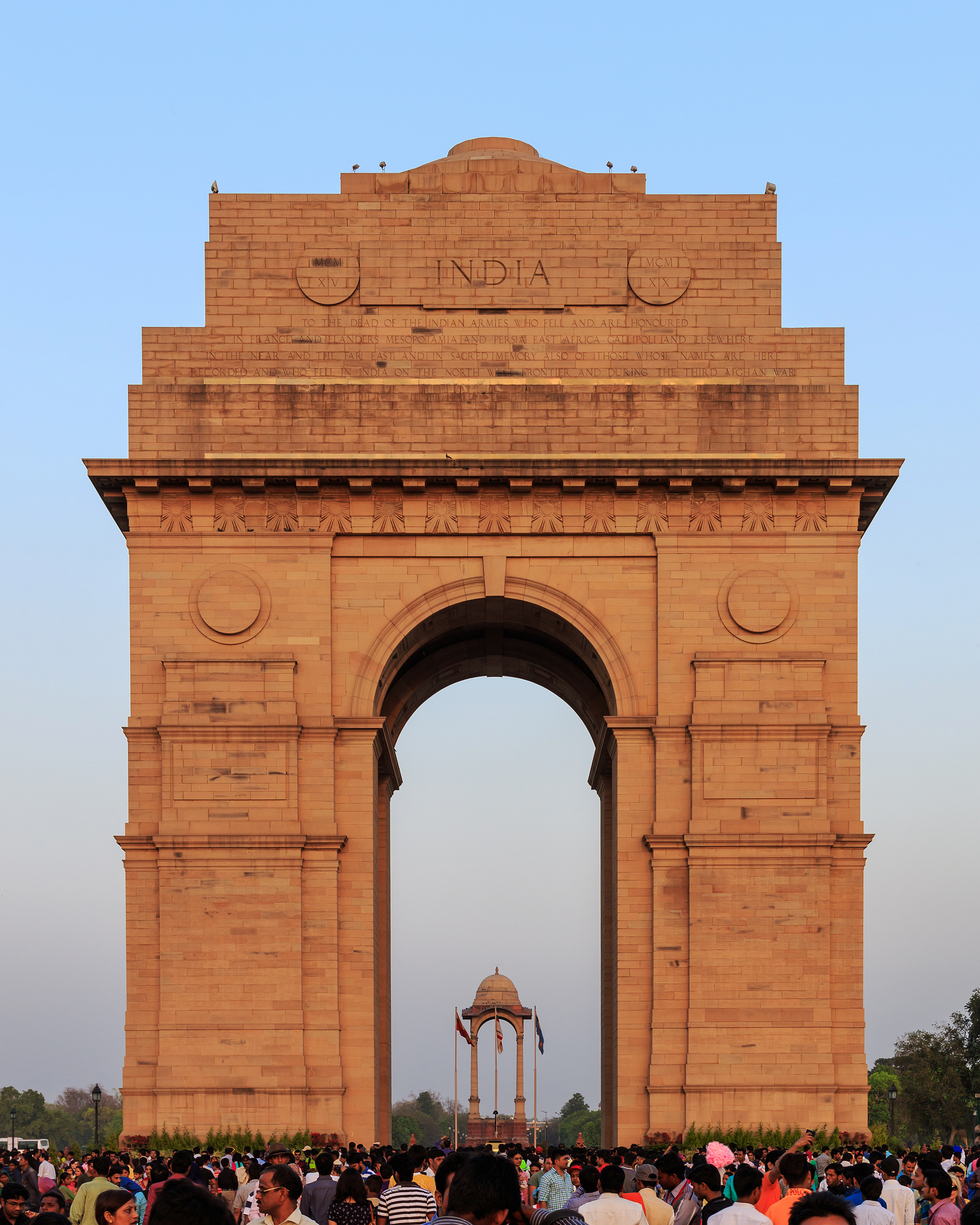
India Gate – Memorializing Sacrifice and Valor
A symbol of national pride, India Gate stands as a tribute to the Indian soldiers who sacrificed their lives in World War I. Surrounded by well-maintained lawns, this war memorial is a poignant reminder of India’s history and its role on the global stage. The Amar Jawan Jyoti, an eternal flame, adds a solemn touch to this architectural marvel.
5. Jama Masjid: India’s Largest Mosque

Jama Masjid – The Magnificence of Islamic Architecture
Jama Masjid, Delhi’s largest mosque, is a testament to the architectural prowess of Shah Jahan. With its imposing domes, towering minarets, and vast courtyard, this mosque is an embodiment of Mughal splendor. Climbing to one of the minarets provides panoramic views of Old Delhi, offering a unique perspective on the city’s historical landscape.
6. Lotus Temple: A Contemporary Architectural Marvel

Embracing Modernity at the Lotus Temple
Amidst Delhi’s rich historical tapestry, the Lotus Temple stands out as a modern architectural marvel. Shaped like a lotus flower, this Bahá’í House of Worship is a serene retreat that welcomes people of all faiths. The architectural brilliance of the temple, combined with its tranquil surroundings, offers a unique contrast to Delhi’s ancient historical sites.
7. Akshardham Temple: Blending Spirituality and Artistry
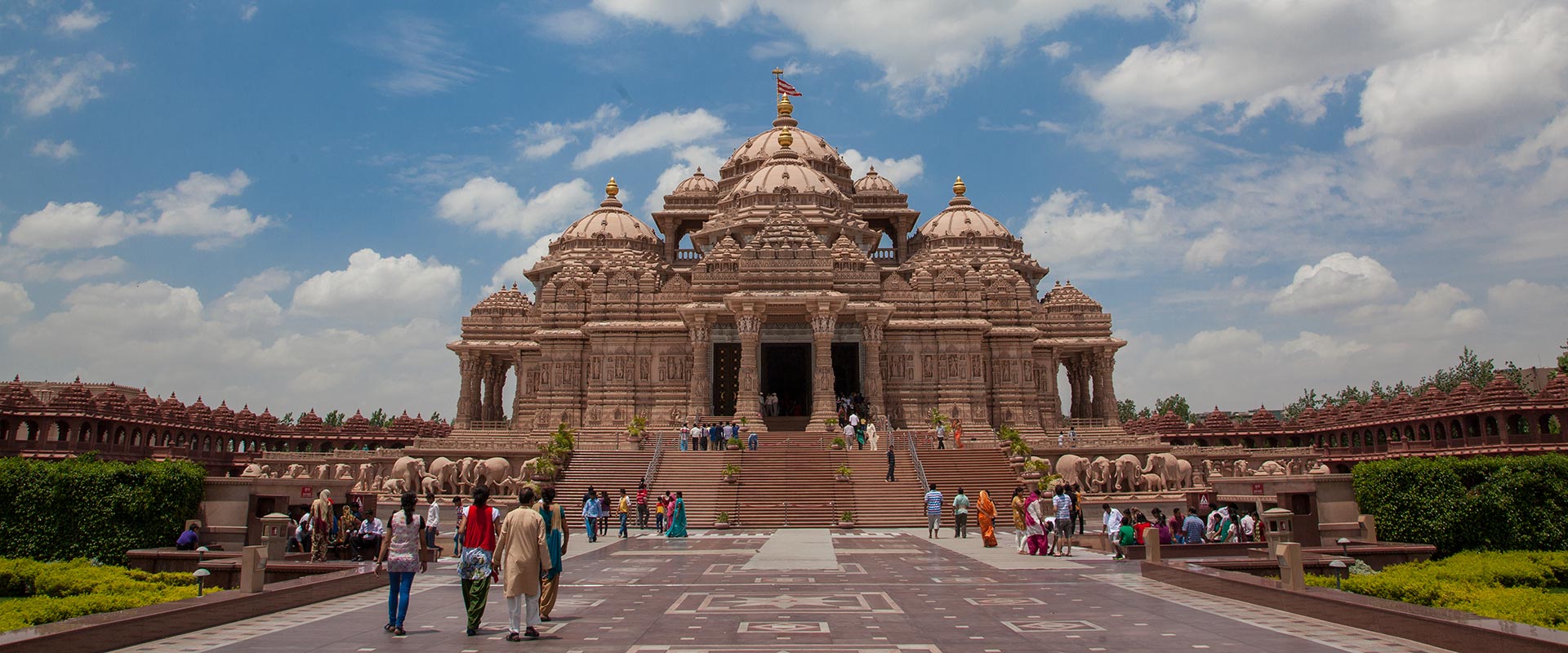
Divine Grandeur at Akshardham Temple
In the heart of Delhi lies the Akshardham Temple, a sprawling complex that seamlessly combines spirituality, art, and cultural heritage. The intricately carved mandir, the Yagnapurush Kund, and the Sahaj Anand Water Show create an immersive experience that showcases India’s rich cultural and spiritual diversity.
8. Tughlaqabad Fort: A Forgotten Citadel of the Past

Unearthing History at Tughlaqabad Fort
For the intrepid history buff, Tughlaqabad Fort offers a journey off the beaten path. Built by the enigmatic Tughlaq dynasty, this fort’s massive walls and ruins narrate a story of ambition, struggle, and abandonment. Exploring the desolate corridors and expansive grounds provides a glimpse into the challenges faced by medieval rulers in maintaining their empires.
9. Safdarjung’s Tomb: A Quiet Oasis of Mughal Splendor

The Sublime Beauty of Safdarjung’s Tomb
Amidst the chaos of urban Delhi, Safdarjung’s Tomb stands as a tranquil retreat. This garden tomb, dedicated to Safdarjung, the viceroy of Awadh, echoes the architectural style of Humayun’s Tomb. Surrounded by lush gardens, the tomb provides a peaceful escape for those seeking a moment of reflection amidst historical grandeur.
10. National Handicrafts and Handlooms Museum: A Cultural Extravaganza

Celebrating Artisanal Heritage at the Handicrafts Museum
For a unique blend of history and craftsmanship, the National Handicrafts and Handlooms Museum offers a captivating experience. This museum showcases the rich tapestry of India’s traditional arts and crafts, providing insight into the diverse cultural heritage of the country. From textiles to pottery, each exhibit tells a story of skill and creativity passed down through generations.
11. National Gallery of Modern Art: Contemporary Art Amidst Tradition
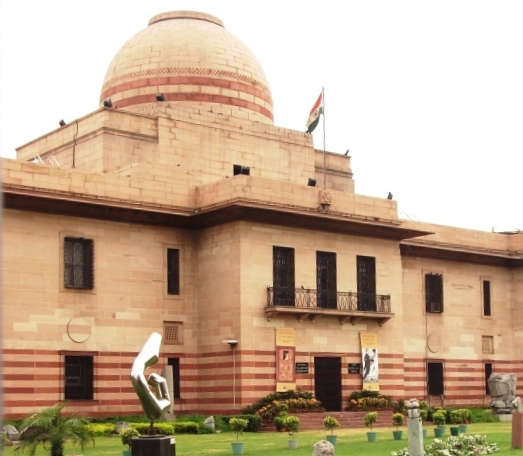
Bridging Time at the National Gallery of Modern Art
Delhi’s historical tapestry extends beyond ancient monuments to embrace contemporary art at the National Gallery of Modern Art. Housed in a majestic heritage building, the gallery showcases an impressive collection of modern and contemporary Indian art. It serves as a bridge between the historical and the contemporary, illustrating the evolution of artistic expression in India.
12. Jantar Mantar: Ancient Astronomical Wonders
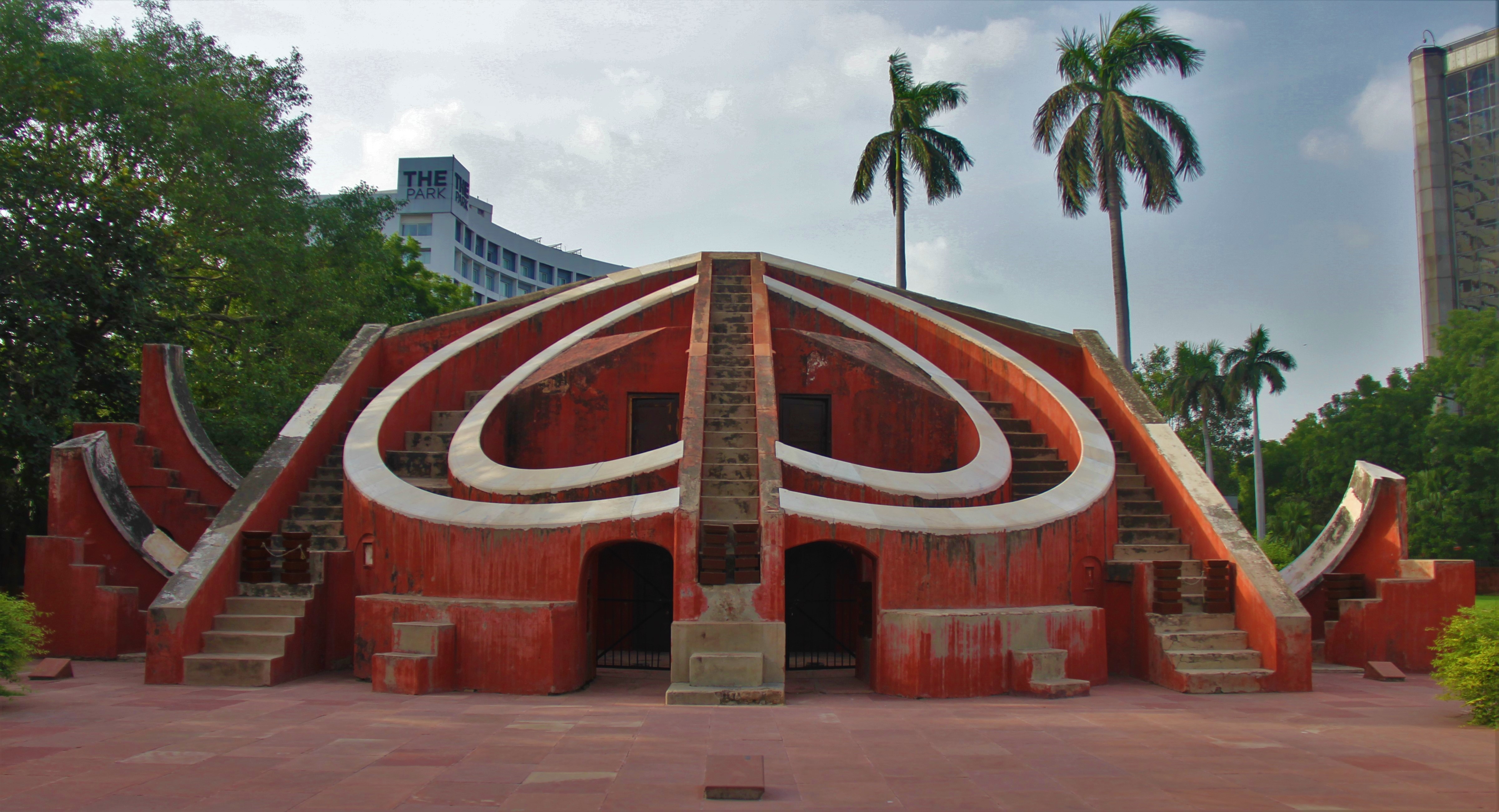
Celestial Marvels at Jantar Mantar
For history buffs with an interest in astronomy, Jantar Mantar is an extraordinary site. Built by Maharaja Jai Singh II in the 18th century, this collection of astronomical instruments reflects the scientific prowess of the time. The massive sundial, known as the Samrat Yantra, stands as a testament to the precision and knowledge of ancient Indian astronomers.
Travel Tips for a Memorable Visit to Delhi
Weather Awareness:
Delhi experiences extreme weather conditions, with scorching summers and chilly winters. Plan your visit accordingly, and pack appropriate clothing. Spring (February to April) and autumn (September to November) are considered the best times to explore the city.
Cultural Sensitivity:
Respect local customs and traditions. When visiting religious sites, dress modestly, and be aware of cultural practices. It’s customary to remove your shoes before entering temples and certain historical monuments.
Hydration and Sun Protection:
Delhi’s summers can be intense, so staying hydrated is crucial. Carry a reusable water bottle and use sunscreen to protect yourself from the sun. Consider a wide-brimmed hat and sunglasses for additional sun protection.
Traffic and Transportation:
Delhi’s traffic can be chaotic, so plan your commute wisely. Make use of the Delhi Metro, which is efficient and well-connected. Use ride-sharing services or autorickshaws for short distances, and avoid rush hours for a smoother travel experience.
Bargaining Skills:
Bargaining is a common practice in Delhi’s markets. Whether shopping for souvenirs in Paharganj or exploring the vibrant markets of Old Delhi, be prepared to negotiate prices. Politeness and a friendly attitude can go a long way.
Street Food Caution:
Delhi is a paradise for food lovers, especially those who enjoy street food. While indulging in local delicacies like chaat and kebabs, choose vendors with good hygiene practices. Avoid consuming uncooked or improperly handled food to prevent health issues.
Safety Measures:
Exercise caution with your belongings, especially in crowded areas. Keep important documents secure, and be wary of pickpockets. Use reliable transportation services and be cautious when exploring less touristy neighborhoods at night.
Language Consideration:
English is widely understood in Delhi, but learning a few basic Hindi phrases can enhance your experience. Locals appreciate the effort, and it can be particularly helpful when dealing with smaller vendors and in more local neighborhoods.
Health Precautions:
Ensure you have travel insurance that covers medical expenses. Delhi’s air quality can vary, so those with respiratory issues may want to take precautions. Carry any necessary medications and consult a healthcare professional before your trip.
Plan for Monumental Visits:
Some historical sites in Delhi can get crowded, especially on weekends. Plan your visits during weekdays and arrive early to enjoy a more serene experience. Consider purchasing tickets online to avoid long queues.
Adapt to Local Etiquette:
Indians typically greet each other with “Namaste.” Embrace this local custom as a sign of respect. Also, remember to remove your shoes when entering someone’s home or religious places.
Local SIM Card:
Consider getting a local SIM card for your phone upon arrival. This will provide you with a local number and affordable data plans, making navigation and communication more convenient.
By keeping these travel tips in mind, you can make the most of your visit to Delhi and immerse yourself in the rich cultural and historical experiences the city has to offer.
Crucial Factors to Consider When Booking Hotels in Delhi
Location:
Choose a hotel that is strategically located based on your travel itinerary. Consider proximity to attractions, public transportation, and the areas you plan to explore. Central locations like Connaught Place or Paharganj offer easy access to various parts of the city.
Budget:
Define your budget range before starting your search. Delhi offers a wide spectrum of accommodation options, from budget to luxury hotels. Be clear about your financial parameters to narrow down your choices. So, are you looking for budget hotels in Delhi? Look no further than Bag2Bag.
Reviews and Ratings:
Read reviews on trusted travel platforms to gauge the experiences of other travelers. Look for hotels with positive reviews regarding cleanliness, staff hospitality, and overall guest satisfaction. Consider the overall rating and the number of reviews to ensure reliability.
Amenities and Services:
Assess the amenities offered by the hotel. Depending on your preferences, check for features such as free Wi-Fi, breakfast options, gym facilities, pool availability, and room service. This ensures your stay aligns with your comfort and convenience requirements.
Safety and Security:
Prioritize hotels with proper safety measures. Look for features like secure entry points, well-lit premises, and surveillance cameras. Guest reviews often provide insights into the safety standards of a hotel.
Cancellation Policies:
Understand the hotel’s cancellation policies before making a reservation. Life can be unpredictable, and having a flexible cancellation policy ensures you have some recourse if your plans change.
Accessibility:
Consider the accessibility features of the hotel, especially if you have mobility challenges. Check for facilities like ramps, elevators, and wheelchair-friendly spaces to ensure a comfortable stay.
Family-Friendly Facilities:
If traveling with family, evaluate the hotel’s family-friendly amenities. Look for features such as interconnected rooms, kid-friendly activities, and the availability of cribs or extra beds.
Business Facilities:
For business travelers, assess the hotel’s business facilities such as meeting rooms, conference spaces, and reliable Wi-Fi. Proximity to business districts can also be a crucial factor.
Local Surroundings:
Research the neighborhood around the hotel. Consider the safety, nearby dining options, and the overall vibe of the area. A hotel located in a lively neighborhood might offer a more immersive experience.
Cuisine Options:
If dining options matter to you, check if the hotel has on-site restaurants or room service. Alternatively, choose a hotel situated in an area known for its diverse culinary offerings.
Transportation Facilities:
Assess the availability of transportation options around the hotel. Proximity to metro stations, bus stops, and easy access to taxis or ride-sharing services can enhance your mobility during the stay.
Cultural Sensitivity:
Be mindful of the cultural aspects of the hotel. Some accommodations may offer a more traditional or heritage experience, while others might cater to a modern and cosmopolitan atmosphere.
Pet-Friendly Policies:
If you’re traveling with pets, check if the hotel is pet friendly. Confirm any associated fees or restrictions to ensure a hassle-free stay with your furry companions.
By considering these factors, you can tailor your hotel selection to align with your preferences, ensuring a comfortable and enjoyable stay during your time in Delhi.
Conclusion:
Delhi, with its myriad historical sites, invites history buffs on a captivating journey through time. From the grandeur of Mughal architecture to the poignant memorials of British colonial history, each site contributes to the rich tapestry of India’s capital. Whether exploring the towering Qutub Minar or finding solace in the gardens of Humayun’s Tomb, Delhi’s historical gems promise an immersive and enlightening experience for every history enthusiast. As you embark on this journey, let the echoes of the past guide you through the diverse and fascinating history of Delhi.
FAQs
What makes Delhi a must-visit destination for history buffs?
Delhi boasts a diverse array of historical sites spanning different periods and architectural styles. From ancient monuments like Qutub Minar to colonial-era churches and contemporary art museums, the city’s rich history offers a comprehensive experience for enthusiasts.
Why is Jantar Mantar included in the list of must-visit historical sites?
Jantar Mantar stands out as a unique site due to its ancient astronomical instruments. Built in the 18th century, these instruments reflect the scientific knowledge of the time and provide a fascinating glimpse into the history of astronomy in India.
How does Delhi’s historical landscape blend with modernity?
Delhi seamlessly integrates historical sites with modern urban life. The Hauz Khas Complex, situated amidst the trendy Hauz Khas Village, exemplifies this blend of old-world charm and contemporary allure, offering visitors a unique experience.
Why is Raj Ghat considered a pilgrimage site for history enthusiasts?
Raj Ghat, the memorial for Mahatma Gandhi, holds immense historical and cultural significance as the place of his cremation. For history buffs interested in India’s struggle for independence, Raj Ghat serves as a solemn homage to the Father of the Nation.
How does Dilli Haat contribute to the cultural experience of Delhi?
While not a conventional historical site, Dilli Haat celebrates India’s diverse cultures through handicrafts, traditional art forms, and regional cuisines. It provides a living showcase of the traditions that have shaped the country’s cultural landscape over time.

